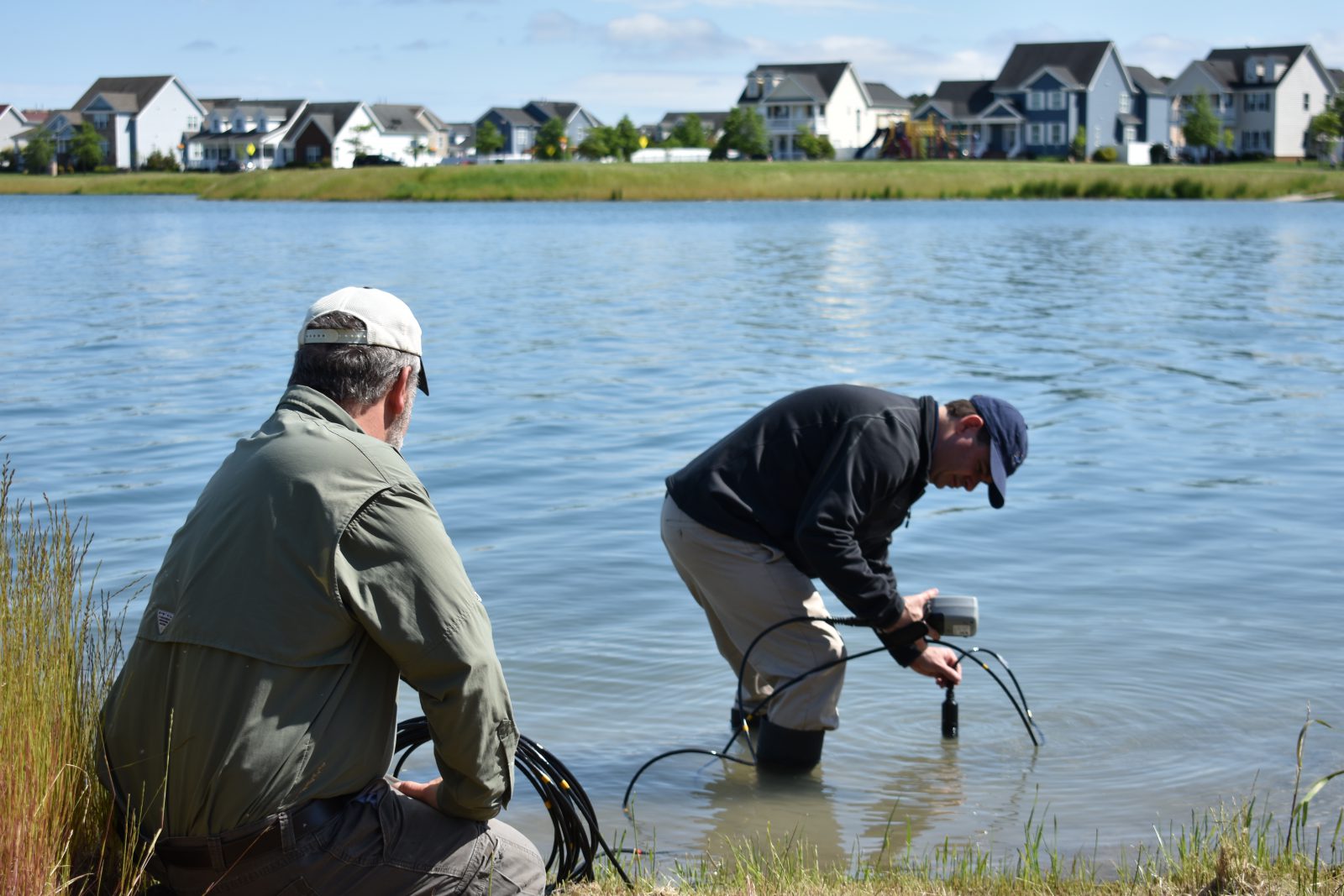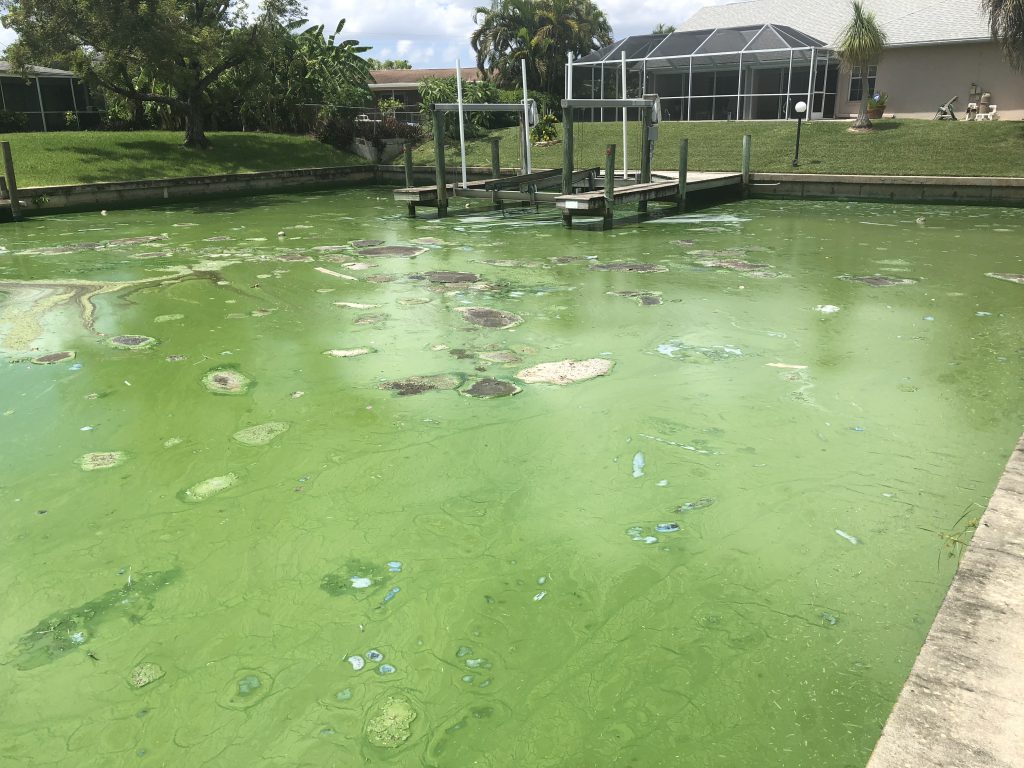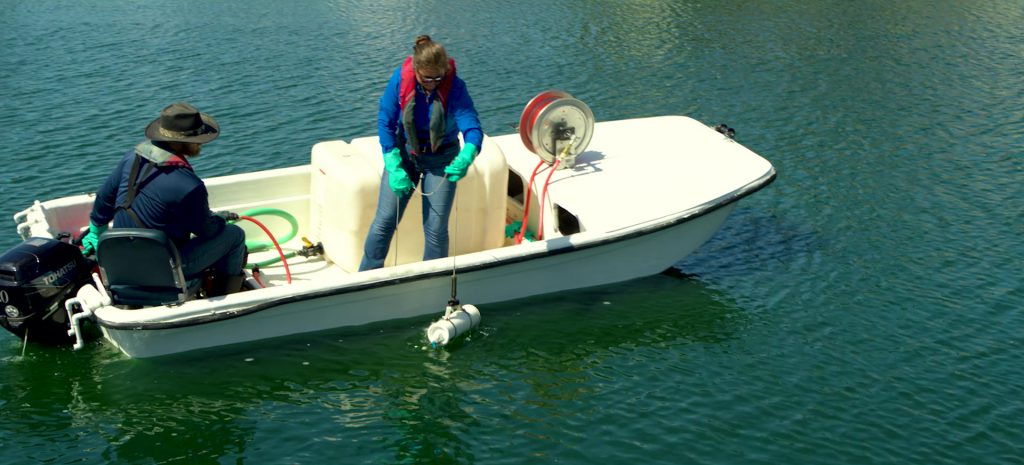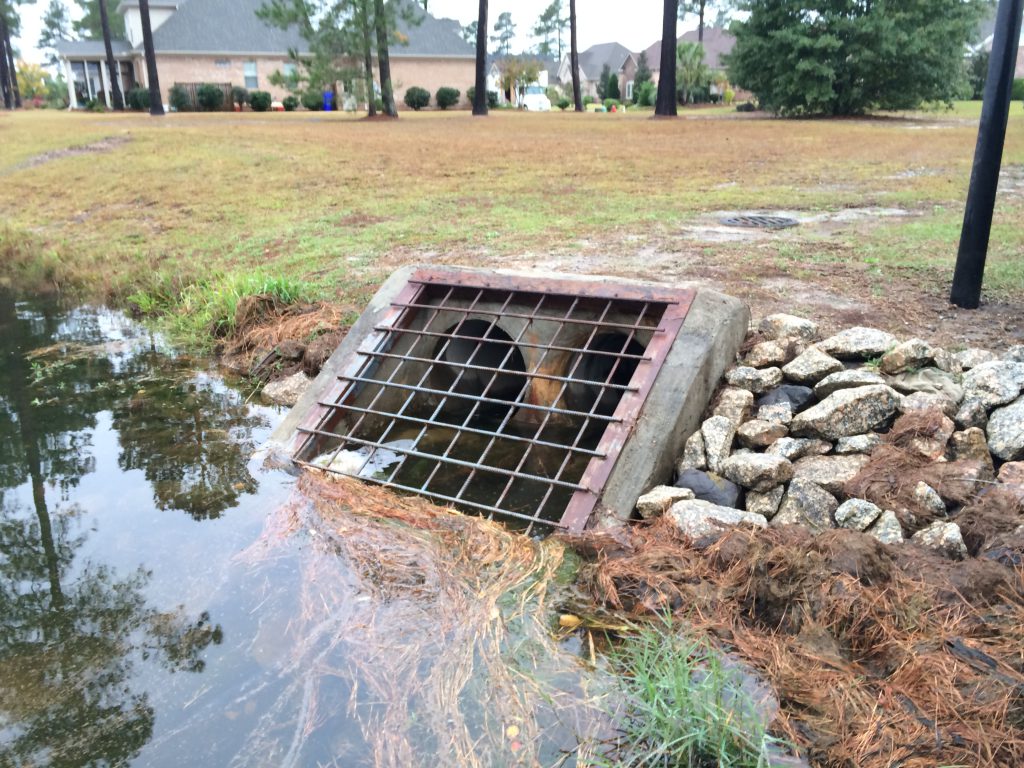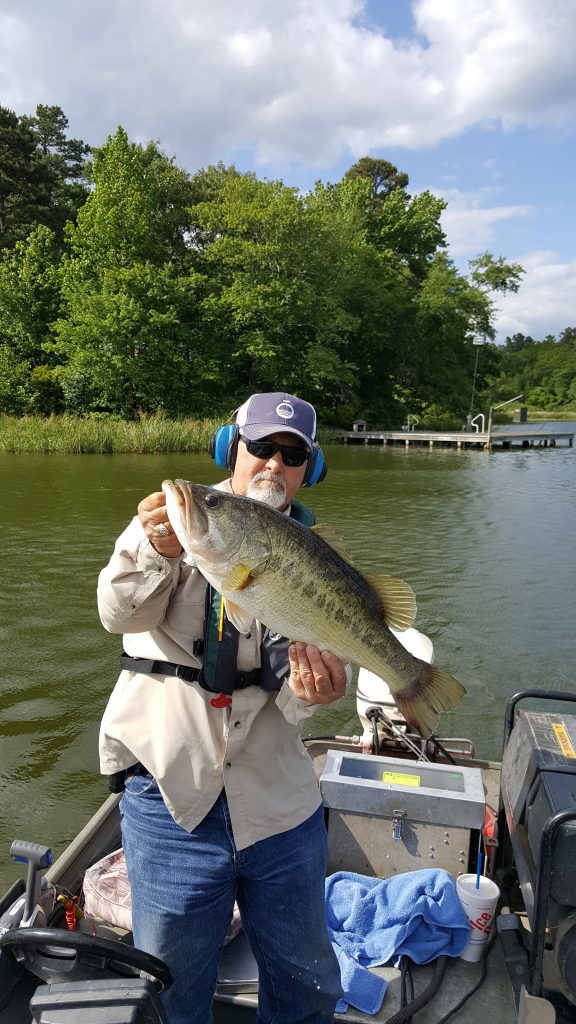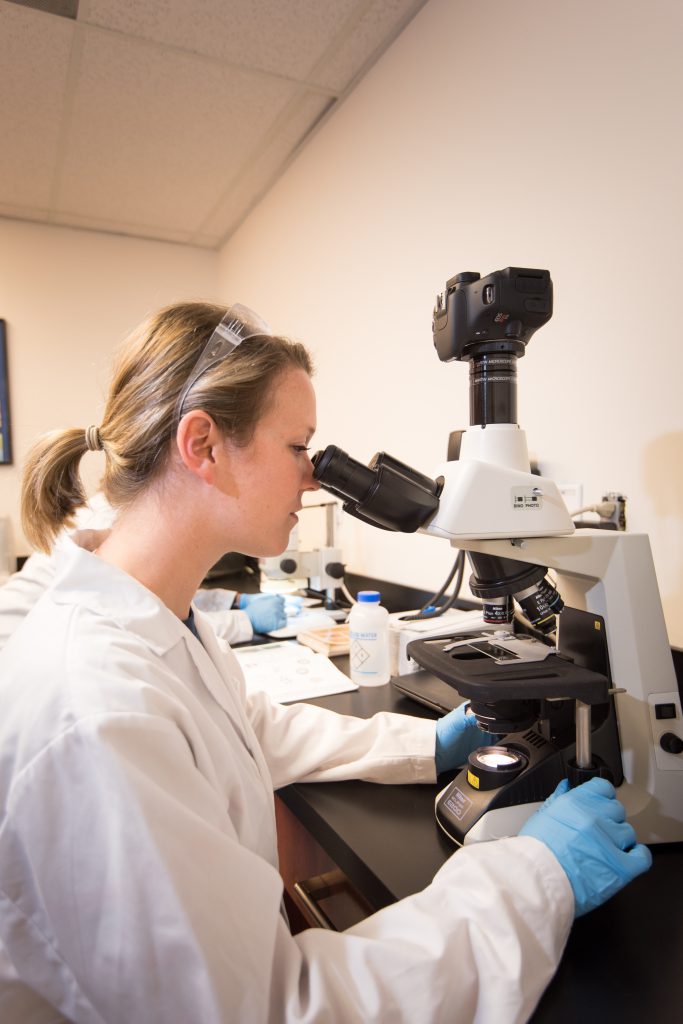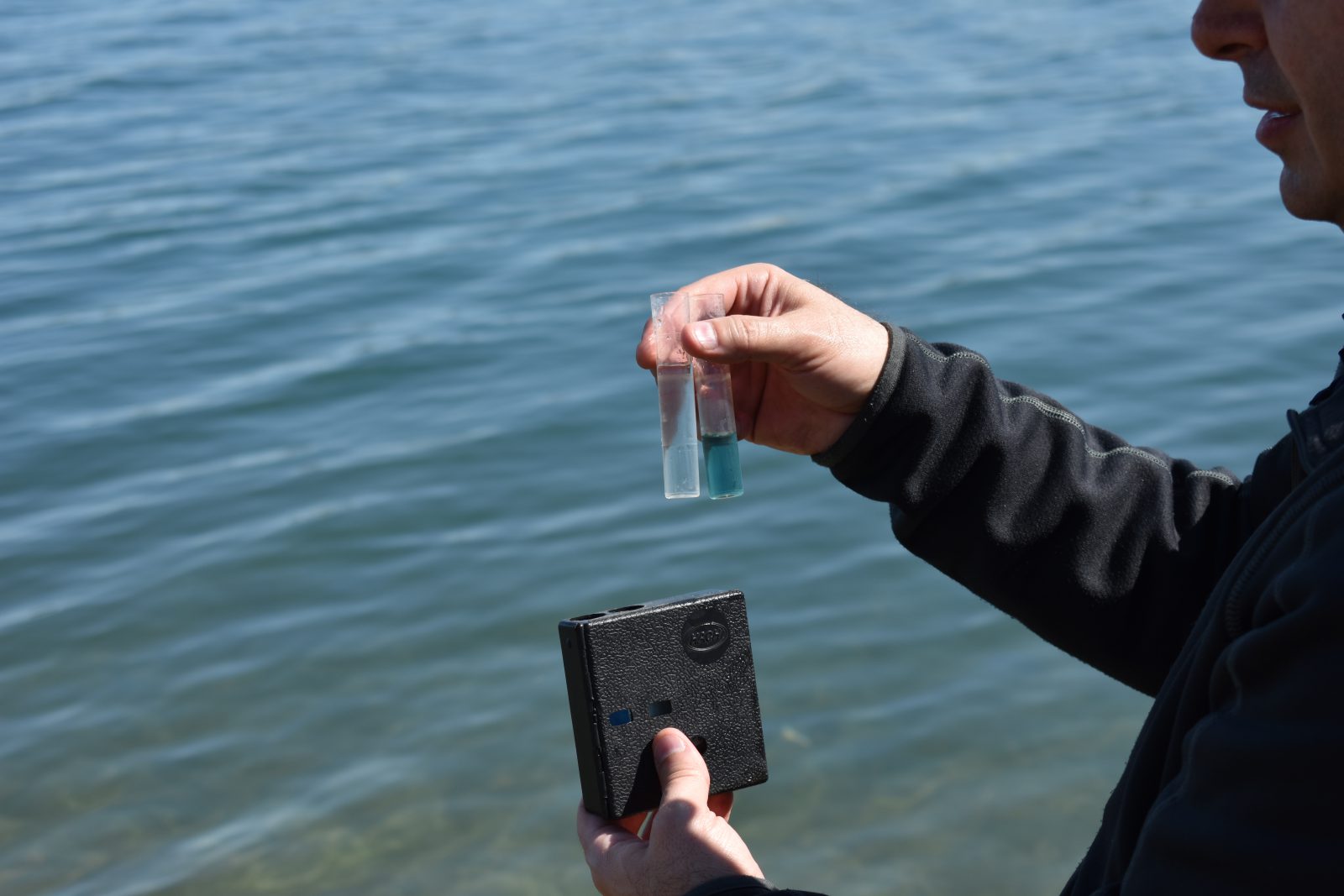
How Often Should Water Quality be Tested in Lakes & Ponds?
Balanced water quality is extremely important for all lakes and ponds, and proactive testing and monitoring is vital when it comes to helping prevent water quality problems in recreational lakes, stormwater ponds, fisheries, and drinking water reservoirs. Property owners often wait until an algal bloom, fish kill, foul odor, or other negative water quality problem occurs before implementing a basic water quality management program. This can have dire consequences.
Proactive Water Quality Testing and Monitoring
Poor water quality can quickly lead to an unbalanced ecosystem, which not only threatens the natural ecology and recreational use of a waterbody, but can also affect surrounding waterways. Take the well-known toxic algal bloom that occurred in 2016 in Florida’s Lake Okeechobee. This catastrophic bloom released cyanotoxins into waterways and beaches along the Treasure Coast and surrounding regions. In addition to suspending boating, fishing, and swimming activities throughout South Florida, the dangerous bloom also posed a serious threat to the health of residents, tourists, pets, and wildlife. While a number of unique factors contributed to the development and spread of this harmful algal bloom, it is clear that water quality problems in our lakes and ponds can rapidly turn into ecological nightmares.
Understanding When to Test Your Water Quality
With proactive water quality testing and monitoring, it’s important to know where and how often water quality should be sampled. The use of the waterbody and surrounding land dictates how often water quality should be sampled, and individual waterbody management goals also affect the rate at which water quality is monitored. Water quality should be monitored during the season that supports plant and algae growth. The smaller the pond, the easier that water quality is influenced. Thus, monitoring should be performed more frequently for smaller waterbodies.
For larger lakes and ponds, water quality sampling frequency is determined more by waterbody’s benthic contours, inlets, and potential runoff from high-use areas such as farm fields, beaches, and heavily manicured lawns. Multiple sampling sites are typically located within a larger waterbody, depending on the breadth of external influences. Sampling multiple sites across several dates throughout the year can help identify localized areas within the lake or pond that are experiencing impaired water quality.
Fisheries, especially when managed for the growth of trophy sport fish, are a prime example of specialized recreational use, and frequent testing is crucial to a successful fisheries management program. Disciplined water quality monitoring that’s focused on desirable plankton production and available habitat can indicate how to further build and support the fishery. The forage-base in a fishery is also important and plankton sampling can help dictate how to manage or supplement the plankton population in order to help maintain the desired productive fishery.
No matter the shape, size, or use of a waterbody, a proactive annual sampling of baseline water quality conditions is recommended. A proactive approach to water quality testing and monitoring helps to document annual trends occurring within the waterbody and acts as a reference for emerging water quality impairments. For many, water quality sampling is a reaction to the lake or pond’s condition. Proactive monitoring, though, ultimately gives us a better understanding of the processes occurring within the waterbody and helps us identify potential problems before they occur.
Water quality monitoring and testing in a laboratory setting is a primary service in our SOL Pro Annual Management Programs. An annual management plan ensures that your lake or pond receives regular professional care – whether that includes nutrient remediation, fountains and aeration, oxygen saturation technology, mechanical harvesting and hydro-raking, or other sustainable solutions – to keep it looking and functioning at its best.
Balancing pH Levels in Freshwater Lakes and Ponds
SOLitude Lake Management is committed to providing full service lake and pond management services that improve water quality, preserve natural resources, and reduce our environmental footprint. Our services include lake, pond and fisheries management programs, algae and aquatic weed control, mechanical harvesting, hydro-raking, installation and maintenance of fountains and aeration systems, water quality testing and restoration, bathymetry, lake vegetation studies, biological assessments, habitat assessments, invasive species management and nuisance wildlife management. Services, consulting and aquatic products are available to clients nationwide, including homeowners associations, multi-family and apartment communities, golf courses, commercial developments, ranches, private landowners, reservoirs, recreational and public lakes, municipalities, parks, and state and federal agencies. Learn more about SOLitude Lake Management and purchase products at www.solitudelakemanagement.com.








